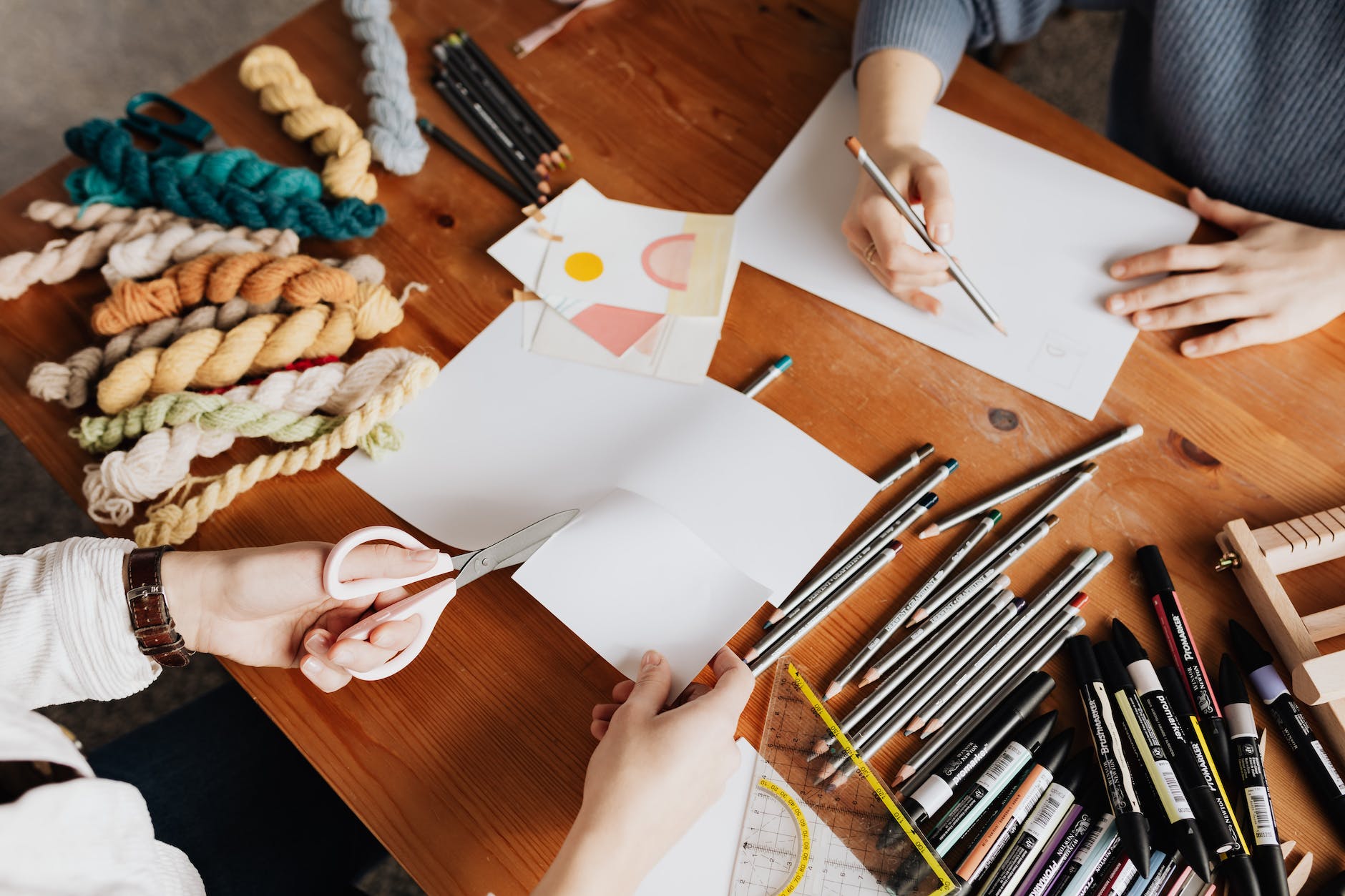mastering paper cutting techniques: tips and tricks for precision
The art of paper cutting is a centuries-old craft that involves cutting intricate designs out of paper. Paper cutting can be used to create a variety of stunning artworks, including lacelike designs, cards, and decorations.
While paper cutting only requires two basic materials, paper and a blade, mastering the proper technique takes practice. Symmetrical and freehand cutting are two essential skills that paper cutters need to develop. In addition, paper cutters need to use ergonomic techniques to avoid repetitive stress injuries.
By sharpening their skills in symmetrical and freehand cutting, and using ergonomic techniques, paper cutters can create accurate designs with detail work and repetitive elements. For example, paper cutters can use symmetrical cutting to create intricate lacelike designs, while freehand cutting can be used to create more abstract designs.
Ergonomic techniques are important for paper cutters to avoid repetitive stress injuries. These techniques include using a sharp blade, holding the blade correctly, and taking breaks often.
With practice and patience, paper cutters can develop the skills necessary to create stunning paper cuttings.
Here are some additional tips for paper cutting:
- Start with simple designs: If you are new to paper cutting, start with simple designs. This will help you learn the basics of the technique and build your skills.
- Use a sharp blade: A sharp blade will make it easier to cut paper accurately.
- Hold the blade correctly: The correct way to hold a blade will help you avoid injuries.
- Take breaks often: Paper cutting can be a repetitive task, so it is important to take breaks often to avoid fatigue.
- Have fun! Paper cutting should be enjoyable. So relax, experiment, and let your creativity shine through.
Supplies for Precision Paper Cutting
- Extremely sharp blades – Xacto knives, surgical scalpels, or fine detail scissors
- Optimal papers – thin and translucent, like rice paper or mulberry paper
- Self healing mat – Protects work surface from cuts while providing stable platform
- Adhesives – Archival glue for long-lasting delicate work
- Ruler with cutting edge – For clean straight lines at exact measurements
- Circle templates – Cut perfect circles without drawing aids
- Craft punches – Quick repeat shapes; scalloped edges
- Embossing tools – Styluses raise lines to guide cutting
Proper Cutting Technique
- Use bright task lighting so you can see lines and details clearly
- Sit comfortably at table without hunching to prevent hand strain
- Anchor hands or paper with drawing board strips to keep steady
- Keep blade perpendicular for precise cuts – avoid angling which distorts
- Apply just enough pressure to penetrate single layer of paper
- Make several light passes rather than pressing hard. Let blade do the work.
- Move body or paper, not cutting hand, for long sweeping cuts
- Stop and stretch periodically to keep hands nimble
Cutting Symmetrical Shapes
Mandala floral designs – Rely on repetitive symmetry. Draw minimal guiding lines first.
Snowflakes and stars – Fold paper to create identical sections for symmetrical cutting.
Geometric pattern blocks – Rulers aid cutting rows of accurate shapes like triangles.
Fretwork – Remove repeat shapes from grid leaving filigree framework behind.
Stencils – Cut designs you can repeat by stenciling through template.
Cutting Freeform Shapes
Silhouettes – Trace object outline or draw freehand, then cut around shapes.
Photo inspired – Enlarge and trace elements from photos to recreate images.
Storytelling – Cut symbolic shapes that represent narrative elements. Layer and connect sequentially.
Mosaic technique – Cut many small irregular shapes then assemble puzzle-like into image.
Follow music or emotions – Allow your creative state to guide the flow of the blade.
Mastering the fundamentals of paper cutting allows you to snip with confidence, revealing breathtaking possibilities hiding within a single sheet. With precision cutting, you can create intricate designs that are both beautiful and functional.
Whether you are a beginner or an experienced paper cutter, there is always something new to learn about this ancient art form. So take some time to practice your skills and experiment with different techniques. With a little effort, you will be able to create stunning paper cuttings that will amaze and delight everyone who sees them.
Here are some final thoughts on paper cutting:
- Paper cutting is a versatile art form: It can be used to create a wide variety of artworks, from lacelike designs to abstract sculptures.
- Paper cutting is a challenging but rewarding art form: It takes time and practice to master the technique, but the results can be truly stunning.
- Paper cutting is a relaxing and enjoyable art form: It is a great way to de-stress and express your creativity.
So what are you waiting for? Start learning about paper cutting today!
